A stranger, they say, is just a friend you haven't met yet.
And talking to strangers is a great way to speak lots of Japanese. I did lots of this while walking the first section of the Shikoku pilgrimage this spring.
But how do you start a conversation with a stranger? Here are some ideas to get you going, even if you're a beginner at Japanese.
1) the weather
Brits love to talk about the weather. Luckily, so do people in Japan. It's almost like a greeting.
Chuck one of these out and start the conversation:
暑いですね atsui desu ne! "Hot, isn't it?"
寒いですね samui desu ne! "Cold, isn't it?"
Very possibly, you'll get a そうですね
sou desu ne; "Isn't it just", in response, and you can start the conversation from there.
2) things you can see
You reach the top of a hill and sit on a bench. The person on the adjacent seat turns to greet you.
You can start a conversation easily by simply pointing and commenting on what you can see:
すごいですね Sugoi desu ne. "Amazing, isn't it?"
綺麗ですね Kirei desu ne. "Isn't it lovely?"
美しいですね。Utsukushii desu ne. Beautiful, isn't it?
3) ask simple questions
What about if you don't know what you're looking at? Just ask.
すみませんが、それはなんですか。 Sumimasen ga, sore wa nan desu ka.
"Excuse me, but what's that?"
これは日本語でなんと言いますか。 Kore wa nihongo de nan to iimasu ka. "What do you call this in Japanese?"
4) start in Japanese
If your Japanese is limited, and you speak English, it might be tempting to walk into a hotel or restaurant and start the conversation in English - or to ask if the person speaks Japanese.
Even if you're a beginner, try and start the conversation in Japanese, with a greeting:
こんにちは! konnichiwa! "hello"
こんばんは! kombanwa! "good evening"
おはようございます! ohayou gozaimasu! "good morning"
Remember, if you start the conversation in English (or another language), the chances of getting some Japanese practice are virtually zero. Try and at least start in Japanese.
5) smile
You might be nervous about speaking Japanese. But the absolute best way to get someone to speak with you is to smile while talking with them!
Hopefully, you can put them at ease that you're a friendly, wonderful person. Someone worth talking to. Which, of course, you are.
After all, you're just a friend they haven't met yet too.
Related posts:
Walking the Shikoku 88 Pilgrimage (Part 1) - Plan, plan, plan!
Walking the Shikoku 88 Pilgrimage (Part 2) - The Best First Day in Japan
Walking the Shikoku 88 Pilgrimage (Part 3) - What To Wear
P.S. If you liked this post on talking to strangers in simple Japanese, check out my new course
Survival Japanese for Beginners - starts July 26th 2018, in central Brighton. It's ideal for anyone planning a trip to Japan soon!



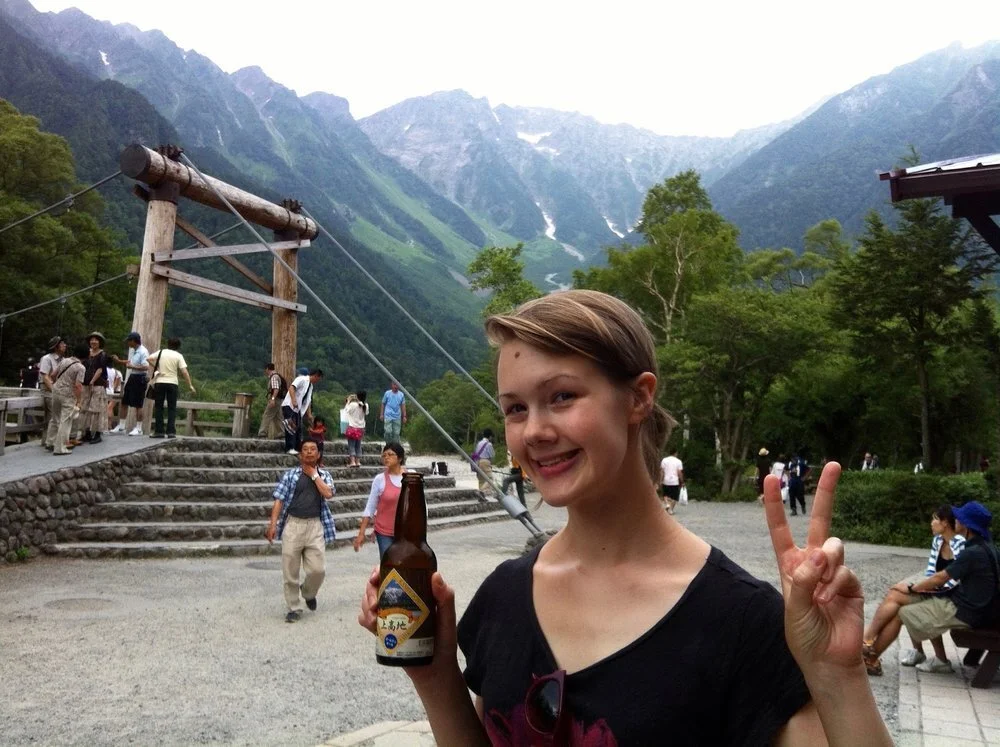










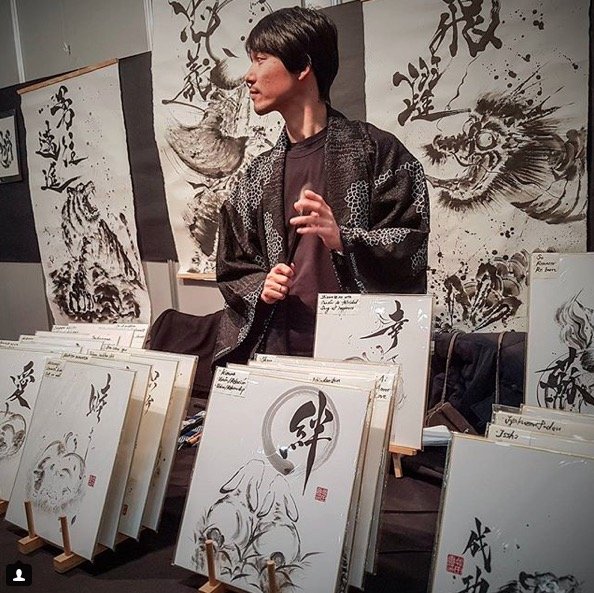
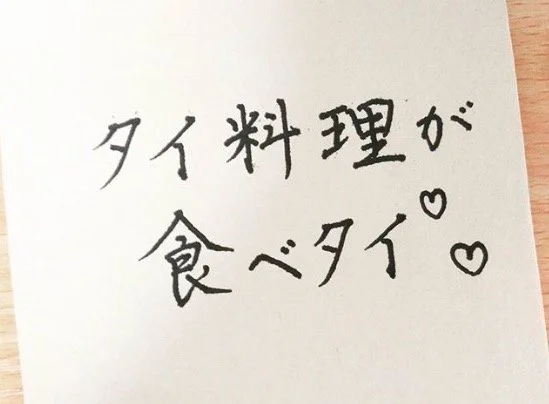
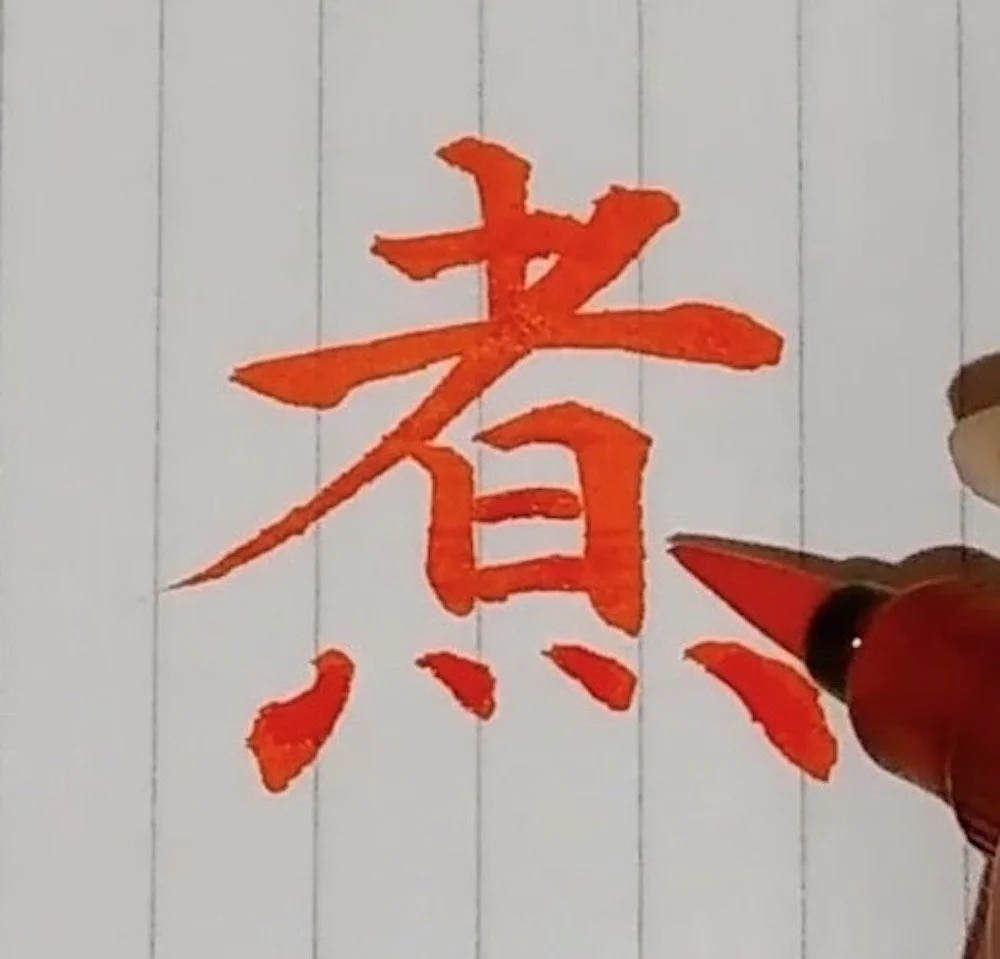






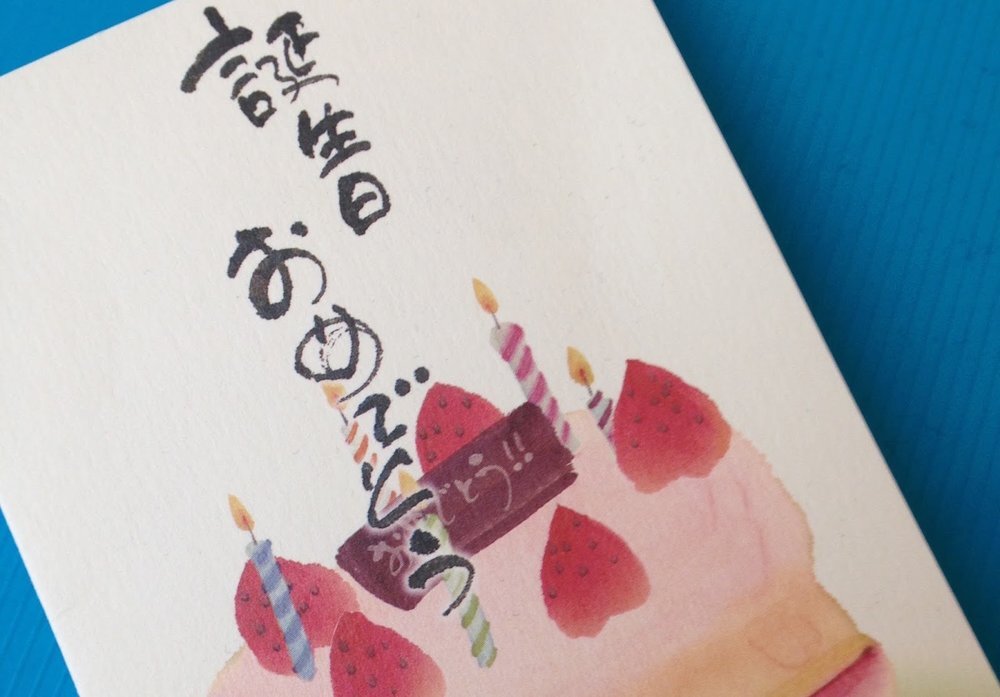




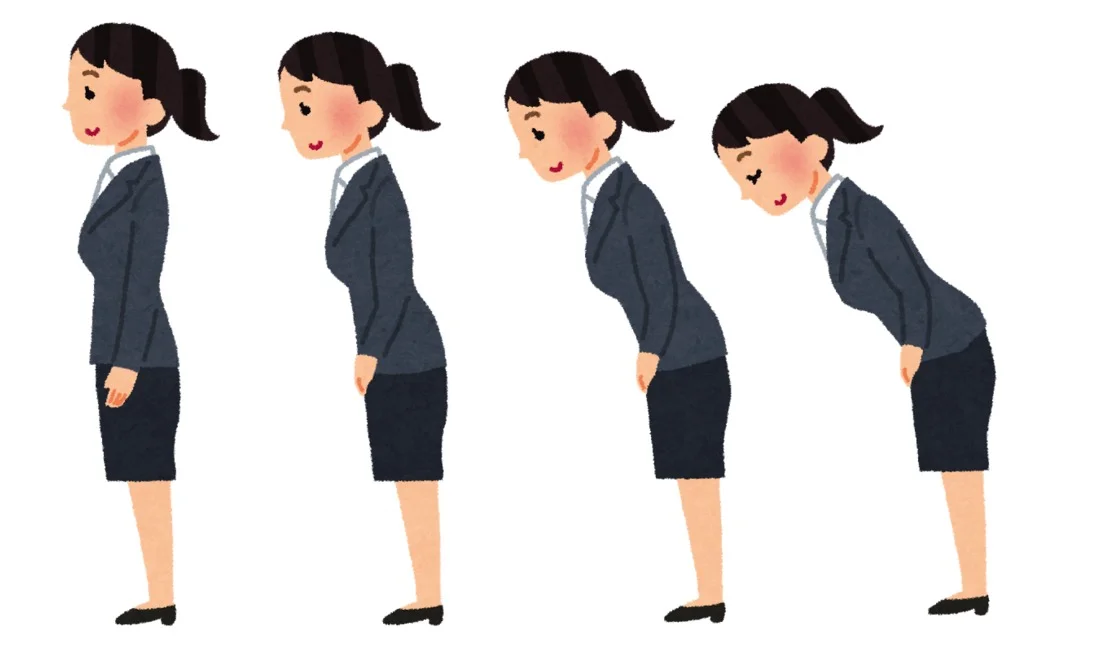







Like many people in the UK, I studied French in school. I liked French. I thought it was really fun to speak another language, to talk with people, and to try and listen to what was going on in a new country. (Still do!)
When I was 14 we went on a school exchange to the city of Reims, in northeastern France. I was paired with a boy, which I’m sure some 14-year-olds would find very exciting but which I found unbearably awkward. He was very sweet and we completely ignored each other.
That was nearly 20 years ago, and I didn’t learn or use any more French until, at some point in lockdown, I decided on a whim to take some one-to-one lessons with online teachers. Here are some things I learned about French, about language learning, and about myself.